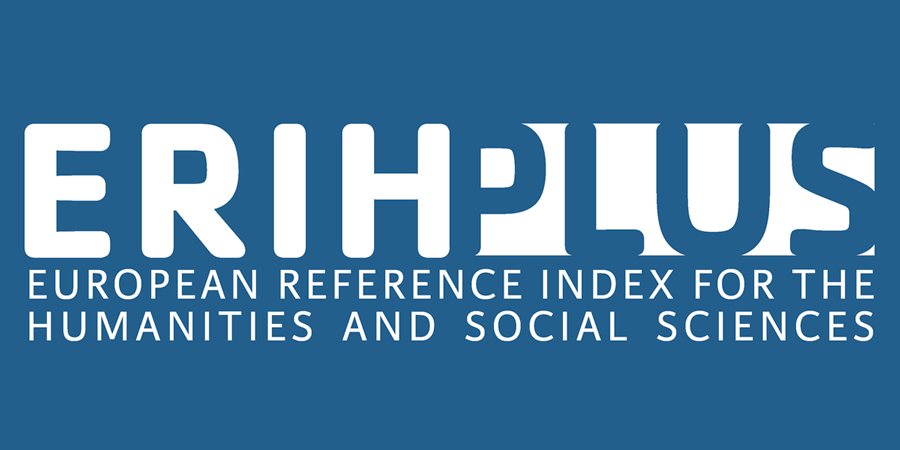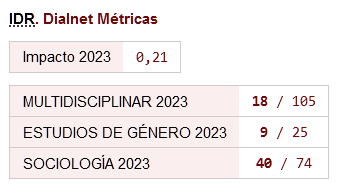Infamous stories, beautiful stories of gays and lesbians in Uruguay
Changes and continuities in the stigma of homosexuality
DOI:
https://doi.org/10.46661/relies.8478Keywords:
estigma, homosexualidad, visibilidad, Estudios LGTBIQAbstract
This article comes from a study carried out through research practices at the Faculty of Information and Communication of UdelaR during 2020 and 2021 on life stories of gays and lesbians over 40 and under 26 years of age. Review some of the background on the topic. It investigates the process of losing power of the stigma of homosexuality and its resistance through the voices of the actors themselves. It is supported by the theoretical contributions of Erving Goffman, Judith Butler and José Ignacio Pichardo. It proposes some categories to understand the passage from invisibility to visibility where some concealment practices have lost preeminence; however, different forms of violence are described, from the most direct ones such as abuse or rejection to other very subtle ones such as self-censorship, some of which currently persist. In this ambivalent process, the change in new media and communication networks stands out as a determining factor due to the generation of new content that normalized the presence of gays and lesbians and allows young people to immediately encounter their peers. Many challenges remain pending to deepen the LGBTQIA+ agenda.
Downloads
References
Agencia Nacional de Investigación e Innovación (ANII) (2013). LA POBLACIÓN ANTE EL ESTIGMA Y LA DISCRIMINACIÓN: Actitudes y creencias de la población uruguaya hacia la población Trans, hombres que tienen sexo con hombres, y personas que viven con VIH. Recuperado de: https://www.gub.uy/ministerio-salud-publica/comunicacion/publicaciones/investigacion-estigma-y-discriminacion-hsh-poblacion-trans-y-vih-2013#dropdown
Bertaux, D. (2005). Los relatos de vida: Perspectiva etnosociológica. Bellaterra.
Butler, J. (2007). El género en disputa: el feminismo y la subversión de la identidad. Paidós.
Butler, J. (2006). Deshacer el género (pp. 392-392). Barcelona: Paidós.
Daian, A., Gelpi, G., Silvera, N., Parellada, M., Schenck, M. (2021). Derecho a la ciudad. Una mirada a las experiencias de mujeres que se vinculan sexo afectivamente con otras mujeres
Goffman, E., & Guinsberg, L. (1970). Estigma: la identidad deteriorada (pp. 1-11). Buenos Aires: Amorrortu.
Goffman, E., Perrén, H. B. T., & Setaro, F. (1981). La presentación de la persona en la vida cotidiana (No. 302 G6). Buenos Aires: Amorrortu.
Meré, J, Modzelewski, H, Freitas, P, Puiggrós, M, Leoni Birriel, M, Dominguez, S, Calvo Núñez, M y Cavalleri, F. (2013.). Montevideanxs : textos diversos en torno a los resultados de la investigación exploratoria "derechos, jóvenes LGBT y VIH/Sida" 2011. UR. Espacio Interdisciplinario.
MIDES. (2014). Diversidad sexual en Uruguay Las políticas de inclusión social para personas LGBT del Ministerio de Desarrollo Social (2010-2014). Informe final. MIDES. https://uruguay.unfpa.org/sites/default/files/pub-pdf/112_file1.pdf
Pichardo, J. I. (2012). El estigma hacia personas lesbianas, gays, bisexuales y transexuales. GAVIRIA, E.; GARCÍA-AEL, C.; MOLERO, F.(coords.) Investigación-acción. Aportaciones de la investigación a la reducción del estigma. Madrid, Sanz y Torres, 111-125.
Rostagnol, Susana, Recalde, Laura, (2021) Trayectorias Trans. Una aproximación antropológica.
Sempol, D. (2013). De los baños a la calle: Historia del movimiento lésbico, gay, trans uruguayo (1984-2013). Editorial Sudamericana Uruguaya S.A.
Downloads
Published
How to Cite
Issue
Section
License
Copyright (c) 2024 Ana Marta Martínez Rodas, Mercedes Ofelia Torres Tavera, Victoria Arias, Micaela la Luz

This work is licensed under a Creative Commons Attribution-NonCommercial 4.0 International License.






